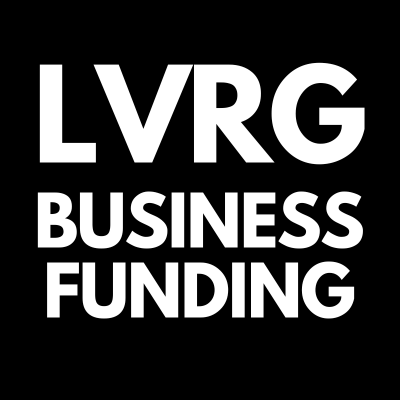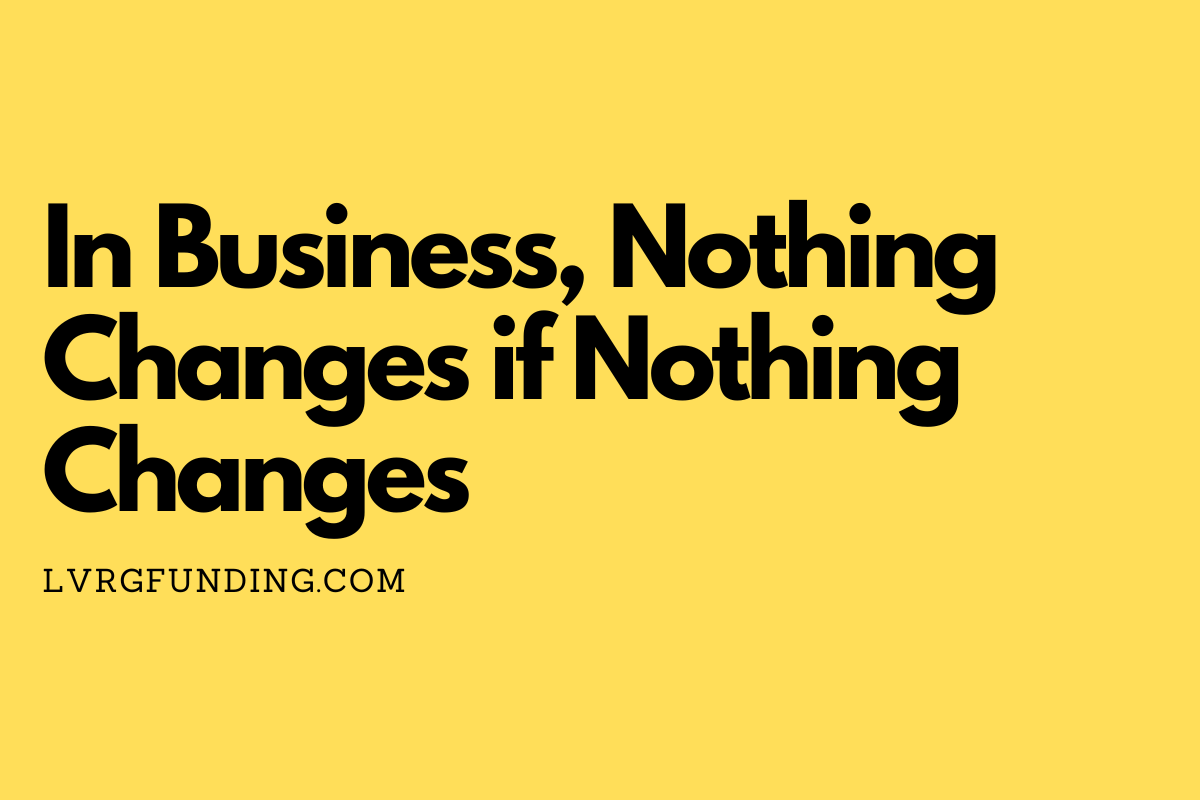In Business, Nothing Changes if Nothing Changes
In Business, Nothing Changes if Nothing Changes
In the ever-evolving landscape of business, adapting to new challenges and embracing change is vital for long-term success. The phrase "nothing changes if nothing changes" encapsulates the essence of this reality. It serves as a reminder that remaining stagnant and resistant to change can inhibit growth and hinder progress.
Change is an intrinsic part of the business world. Whether it's technological advancements, shifting consumer preferences, or emerging market trends, the ability to adapt and innovate is crucial. Businesses that fail to recognize and embrace these changes ultimately find themselves left behind by their competitors.
Consider the example of Blockbuster, once a dominant force in the video rental industry. Despite the emergence of digital platforms and shifting consumer habits, Blockbuster chose to stick with its traditional brick-and-mortar model. The company failed to recognize the rising trend of online streaming and neglected to seize the opportunity to adapt. As a result, it eventually became obsolete, while competitors like Netflix, who embraced the digital revolution, flourished.
Not all changes are external; some require internal adjustments within a business. For instance, adopting new processes, technologies, or operational strategies can significantly impact efficiency and productivity. Businesses that resist internal changes due to fear of the unknown or aversion to disruption may find themselves stagnating or struggling to keep up with competitors.
However, change can be daunting and comes with inherent risks. It requires a mindset that embraces uncertainty and an open willingness to let go of outdated practices. Implementing change effectively involves careful planning, risk assessment, and a commitment to ongoing assessment and adaptation.
It is also critical to cultivate a culture that fosters innovation and encourages employees to embrace change. When employees feel empowered and supported to contribute ideas and make suggestions, the organization as a whole becomes more adaptable and resilient.
Successful businesses understand that change is not an event but a continuous process. They invest in research and development, monitor industry trends, and gather feedback from their customers and employees. By doing so, they can proactively identify areas that require change and take the necessary steps to remain at the forefront of their industry.
In conclusion, in the fast-paced world of business, standing still equates to falling behind. Change is the driving force behind growth, competitiveness, and sustainability. By embracing change, businesses position themselves to seize new opportunities, drive innovation, and thrive amidst evolving market dynamics. Remember, in business, nothing changes if nothing changes.
Written by Charles Barr, CEO of LVRG Funding

